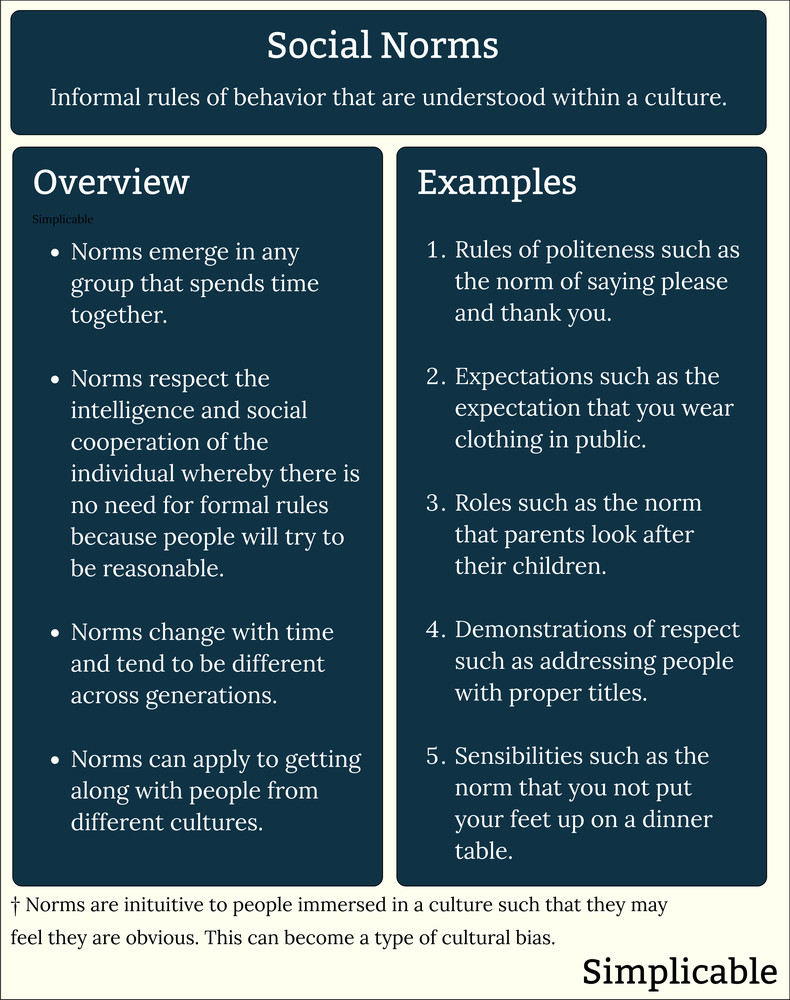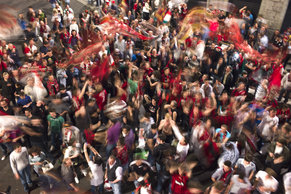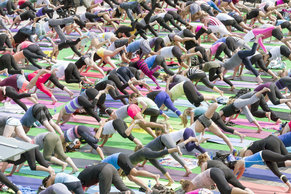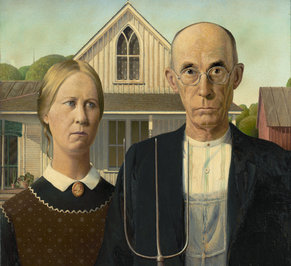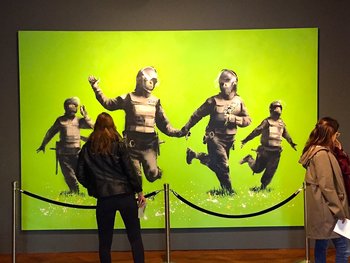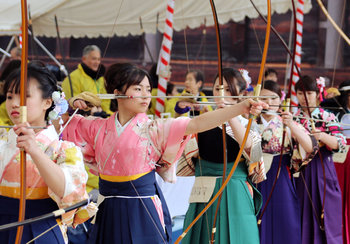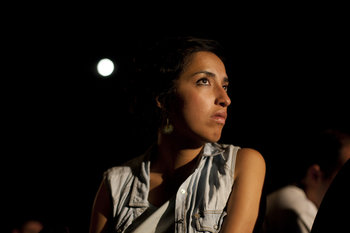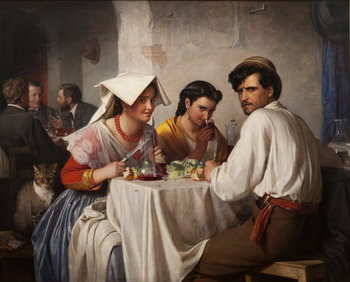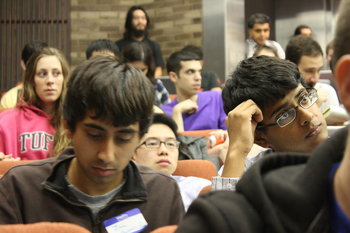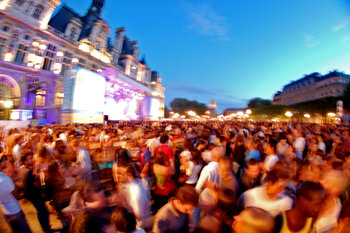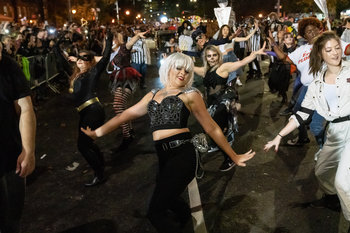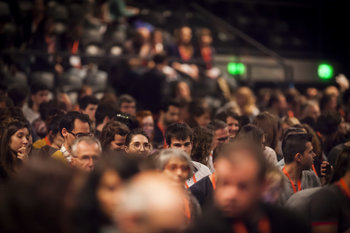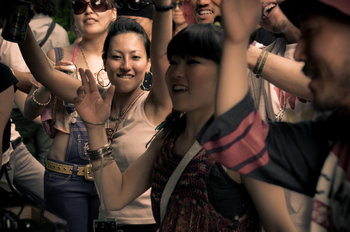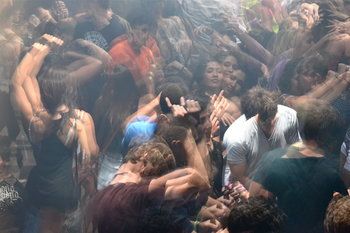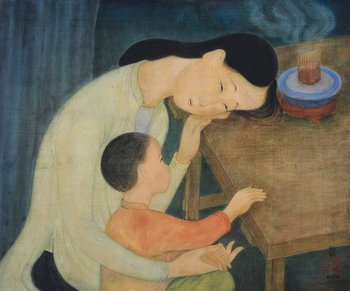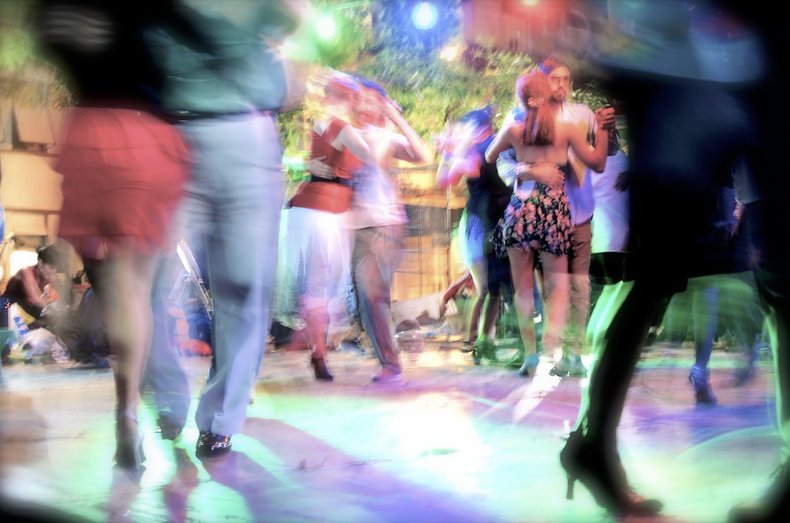
Apologizing when you've made a mistake. | Applauding after a performance. |
Being quiet in a library. | Being quiet late at night in residential areas. |
Covering your mouth when you cough. | Dressing appropriately for work. |
Forming lines to wait. | Giving others personal space in elevators. |
Giving up your seat for someone in need. | Handshakes as a greeting. |
Holding the door open for others. | Making eye contact during conversations. |
Not checking your phone excessively during social interactions. | Not chewing gum loudly. |
Not cutting in line. | Not discussing personal problems in professional settings. |
Not double-dipping in shared food. | Not eavesdropping on private conversations. |
Not hogging public seating. | Not interrupting when someone is speaking. |
Not littering. | Not pointing at others. |
Not speaking with your mouth full. | Not staring at strangers. |
Not taking up more than one parking space. | Not talking during a moment of silence. |
Not using offensive language. | Refraining from pushing or shoving. |
Respecting elders. | Respecting personal space. |
Respecting privacy. | Returning borrowed items promptly. |
Saying please and thank you. | Silencing your phone in a movie theater. |
Taking off shoes in the house [many cultures]. | Titles of respect such as Mr. and Mrs. |
Using polite language in front of customers. | Waiting for everyone to be served before eating. |
Waiting your turn. | Wearing clothing in public. |
Conventions
Social norms can include conventions that don't invoke much passionate interest but are norms nonetheless. For example, a convention of wearing socks with certain types of shoes.Sense of Appropriateness
A shared sense of what is socially appropriate. For example, a culture where putting shoes on a table is deemed inappropriate.Sense of Consequences
A shared sense of the consequences for violating norms such as the unwritten rule that job candidates that violate some norm of professionalism don't deserve to be hired. For example, a candidate who speaks negatively of former colleagues would have little chance of being hired in many corporate cultures.Rituals
Rituals can be viewed as norms. For example the norm of recognizing someone on their birthday with a cake and presents.Roles
Norms can create roles and set expectations based on those roles. For example, a school culture where seniors are expected to take on a leadership role within the school.Responsibilities
Norms can create responsibilities. For example, a neighborhood norm that you put your garbage out in a timely and orderly fashion.Honor System
Norms often operate on an honor system whereby there is no penalty for noncompliance other than the risk of disappointing others. This can be quite powerful as many individuals will readily disobey rules they perceive as unfair if they feel they won't get caught. However, when an informal but fair expectation is placed on the same individual they may dread disappointing their group. For example, a student with a strong sense of sportsmanship such that they feel bad if they go to far and violate the norms of competition.Politeness
Norms of politeness that govern things such as greetings, apologies and expressions of gratitude in a culture. For example, a norm that you introduce yourself to neighbors when you move into a new home.Etiquette
Etiquette refers to norms that set out a path for dealing with situations that could be socially awkward. For example, a polite way to announce that you need to excuse yourself from a table in the midst of a meal.Respect
Following a norm is often interpreted as a demonstration of respect such as a neighborhood where it is a norm to maintain your property including trimming and cutting vegetation to some reasonable state. This may symbolize respect for neighbors and a desire to fit in with the community such that these seemingly superficial norms can generate strong emotional responses.Reciprocity
Norms often create ways for dealing with feelings of reciprocity whereby people often want to return kindnesses. For example, replying to gratitude with the phase you're welcome is a basic type of reciprocity.Social Trust
Norms help to develop trust. For example, a homeowner with two neighbors may strongly trust the neighbor who follows norms such as friendly greetings and be deeply suspicious of a neighbor who doesn't.Sensibilities
Norms can be internalized to the extent that they become sensibilities whereby they can generate strong emotions in individuals. For example, a norm of taking your shoes off before entering a home in many cultures may be internalized such that it is difficult to adapt to cultures where this norm doesn't exist.Signaling
Norms can be used to signal social status. For example, a gentleman who holds a door for someone in a well mannered way may signal that they are of a high socioeconomic class.Norm Entrepreneurs
People may challenge norms or attempt to install new norms. For example, a figure skater who feels everyone should use skate guards who tries to influence others to push for this feeling to become a dominant norm.Norm Marketing
Marketing that attempts to paint something as a norm in order to increase demand for a product. For example, a fabric softener product that portrays non-use of the product as socially awkward and unacceptable.Norm Propaganda
Norms form in culture that is beyond the direct control of systems such as governments or organizations. As such, these systems may use media to try to instill new norms. For example, a long running norm of standing on the left and walking on the right on escalators in a particular city that a government sees as a safety hazard such that they try to defeat this norm with advertising.Old Norms
As individual's commonly internalize norms they may not adapt to changes in norms such that they become out of compliance. This can create generation gaps whereby generations have different norms. For example, a taboo subject that becomes open and much discussed.Context Switching
Culture is a fluid thing whereby most people belong to multiple cultures such as a teenager who engages in a youth culture, school culture, traditional culture and national culture. This requires interpretation of what norm applies to a particular situation. For example, a teenager may converse with their grandmother using different norms than they would use towards their friends at a skateboarding park.Cross-cultural Norms
It is very common for people to interact who are from different national cultures such that they have few norms with which to guide the interaction. At this point, there are certain international norms that come into play. For example, if you don't share a language it is a norm to speak slowly, be patient, use body language and to try to avoid unfair assumptions.Norm Flex
Norms often aren't as bright line as rules and may include significant flexibility based on the reputation of an individual and the context. For example, a socially adept manager who follows all norms at an office except that they dress excessively informally. This may be overlooked by their peers based on their overall reputation for professionalism. This could be contrasted with a system such as a dress code that may afford no such flexibility.Bliss Point
Norms can be taken too far or taken too lightly such that there is a bliss point for each norm. For example, greeting a coworker the first time that you see them in the morning but not every time you pass in the hall in some repetitive way.Mediocrity
Mediocrity is a term for individuals who cling to social groups but minimize their contributions to that group. The mediocre are often careful to follow norms as group membership is important to them. For example, a coworker who is polite and socially cautious who tends to minimize their effort and contributions.Inclusion & Exclusion
Following a norm signals that you belong to a group. For example, the norms you follow may communicate your socioeconomic class. As such, norms are often used to include or exclude people from social groups such as a neighbor who is shunned by neighbors after they violate some norm.Accidental Non-conformance
Accidental non-conformance to norms are basically social accidents. For example, in Japan there are often slippers in toilet rooms that are never to leave that room. It is easy enough to forget to remove these slippers -- but this is a strong norm violation that is viewed as quite embarrassing.Purposeful Non-conformance
People may break norms in order to exercise freedom from the group or to countersignal strengths such as individuality and intelligence. Norms are such a pervasive element of human behavior that it is common for supposedly individualistic subcultures to develop their own strict norms while at the same time viewing members as rebels for breaking mainstream norms.Norms vs Rules
Norms belong to culture and emerge with the shared experiences of groups. They are flexible and often unspoken. Rules belong to systems and are directed and controlled with a political process. It is common for a norm to become a rule or a law. For example, a norm and rule of maintaining your grass that is enforced both by neighborhood culture and city government.Summary
The following are common types of norms: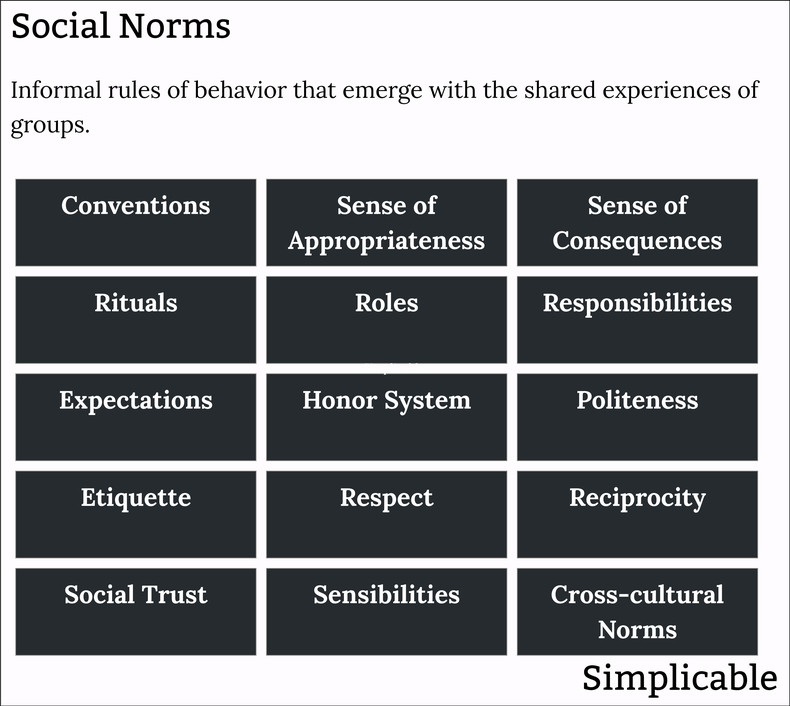
Overview
Social norms respect the intelligence of the individual by not making everything a formal rule enforced by society but rather viewing individuals as capable of cooperating without formal rules.